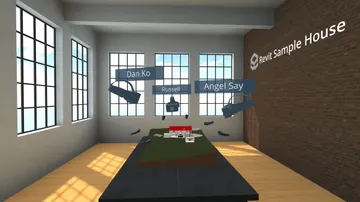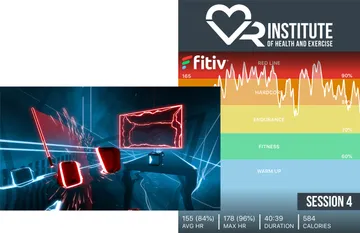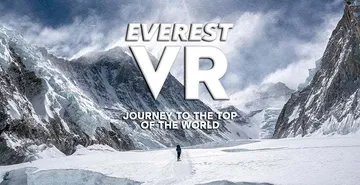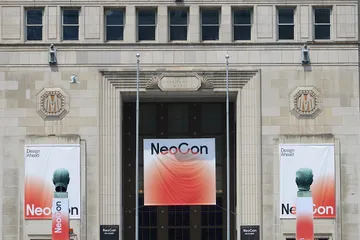“I feel like I haven’t left the house in years.”
This is a common refrain I’ve been hearing from everyone I know. In what was an extraordinary and necessary public health response to a global pandemic, half of the world’s population has been told to self-isolate. Our traditionally social spaces (restaurants, bars, concert venues) have all been shut down by “shelter in place” or “safer at home” orders in an effort to save us from ourselves.
After the mass closures, my social media feed instantly became filled with optimistic messages like “you can still play outdoors!” and “sunny spring days aren’t cancelled!”. The very next day, the parks were all closed. Which is fine since it snowed anyway. Nearly two months into the quarantine it’s snowing again. In May.
Wisconsin has a dark sense of humor.
Stuck inside sometime between the “Spring of Deception” and “Third Winter,” in an effort to ward off my impending cabin fever, I turned to my VR headset (this being the same headset used in my previous discussion on how virtual reality can be used as a design tool and the thought experiment on designing buildings entirely in VR).
What began as a form of escape ended up as a learning opportunity, exploring applications for VR that we will be able to use even after we’re no longer isolated.





